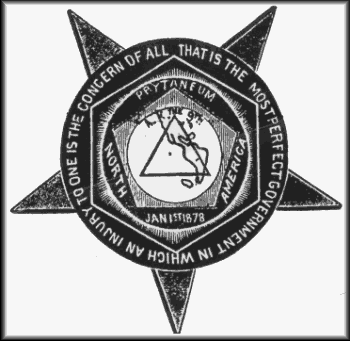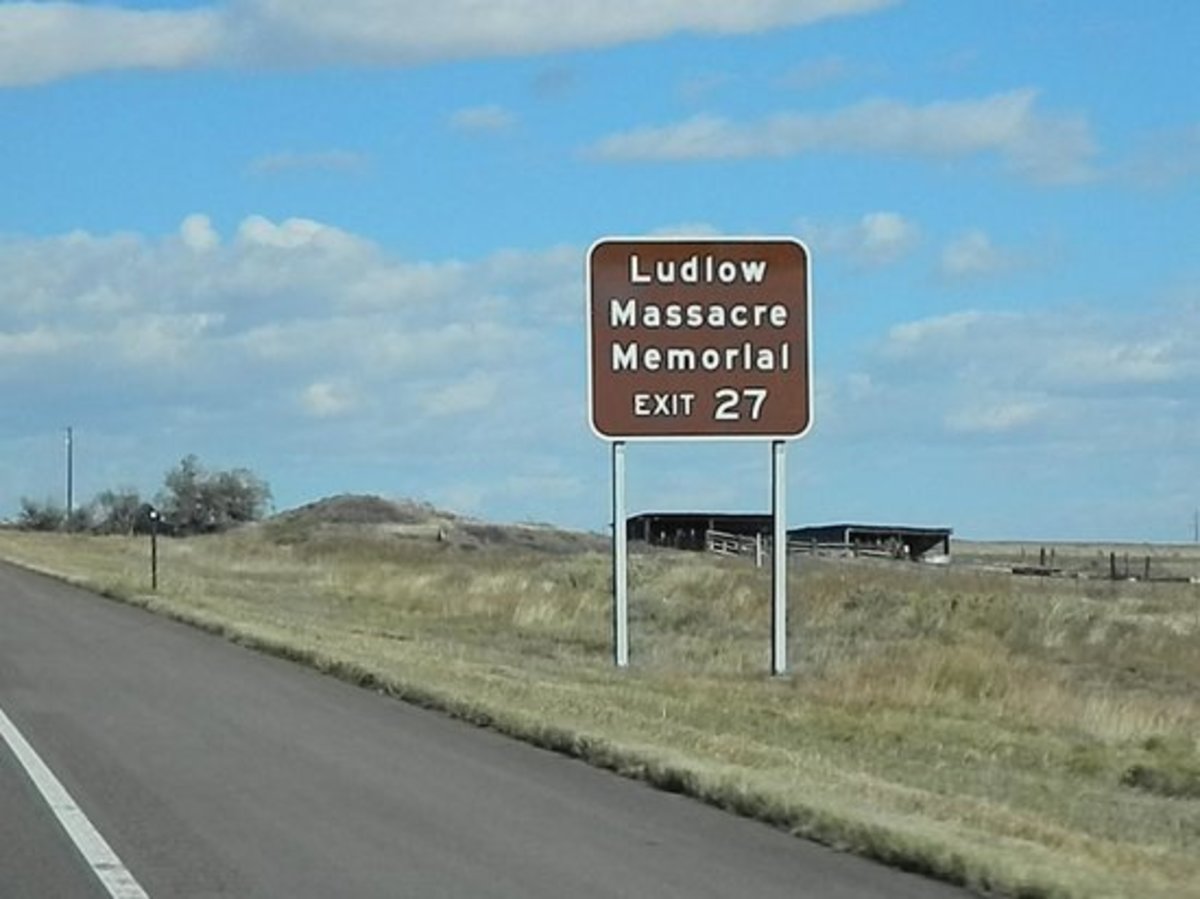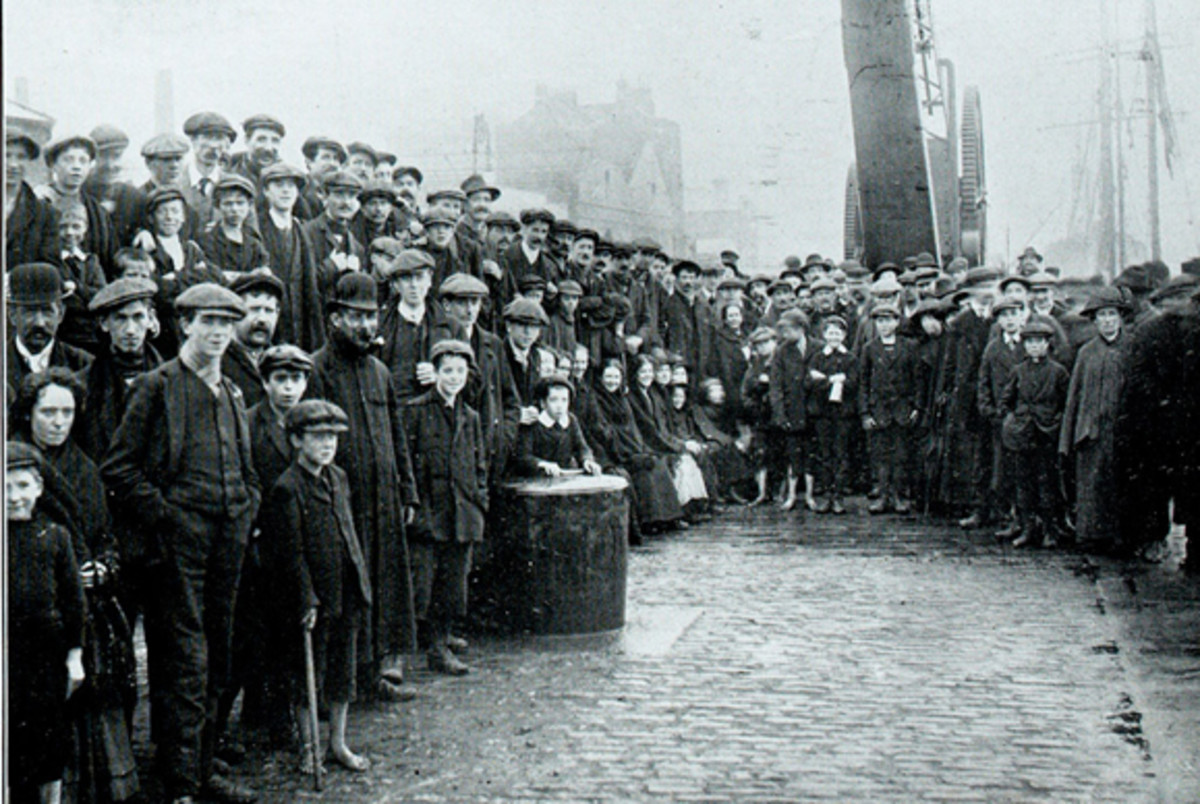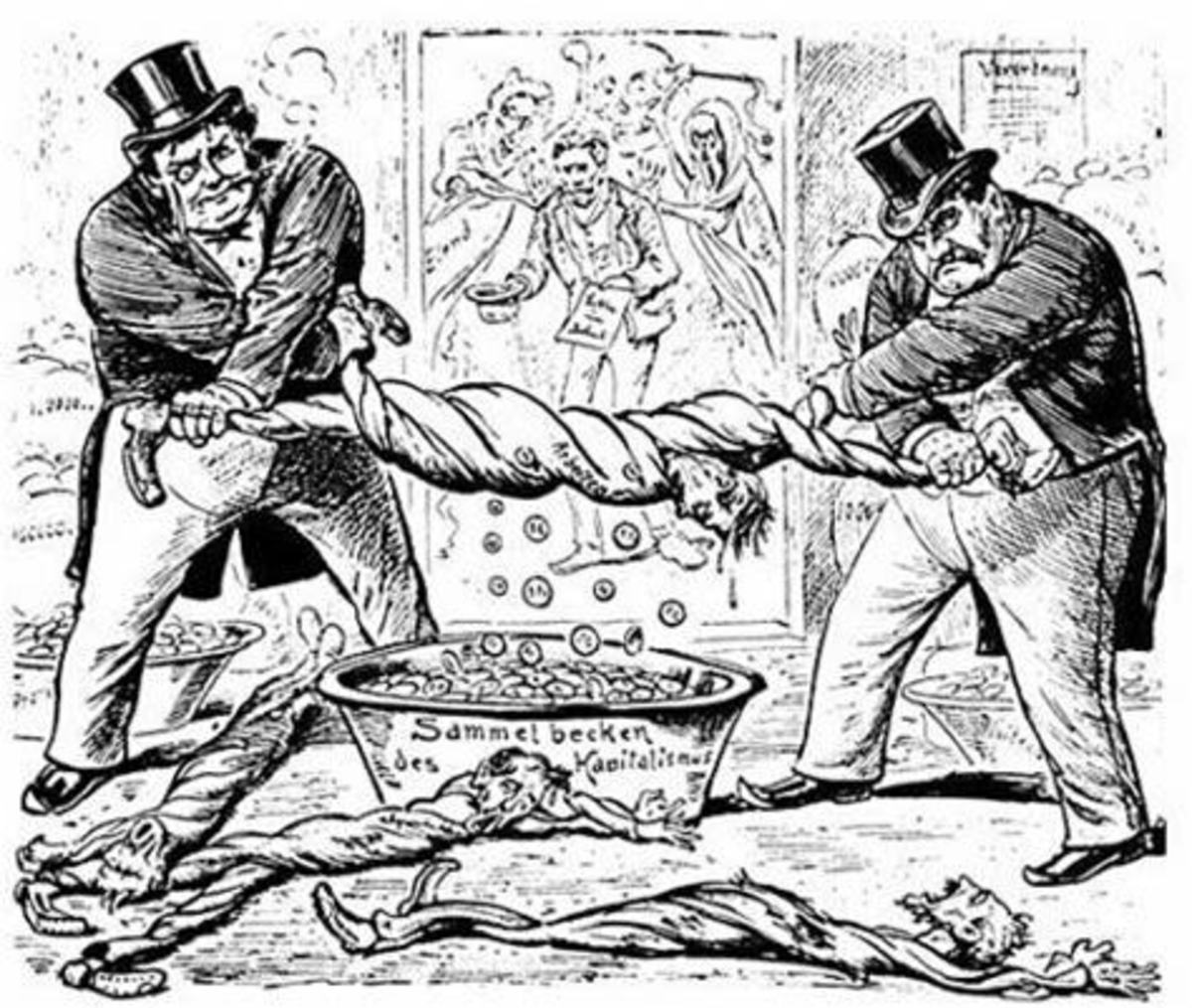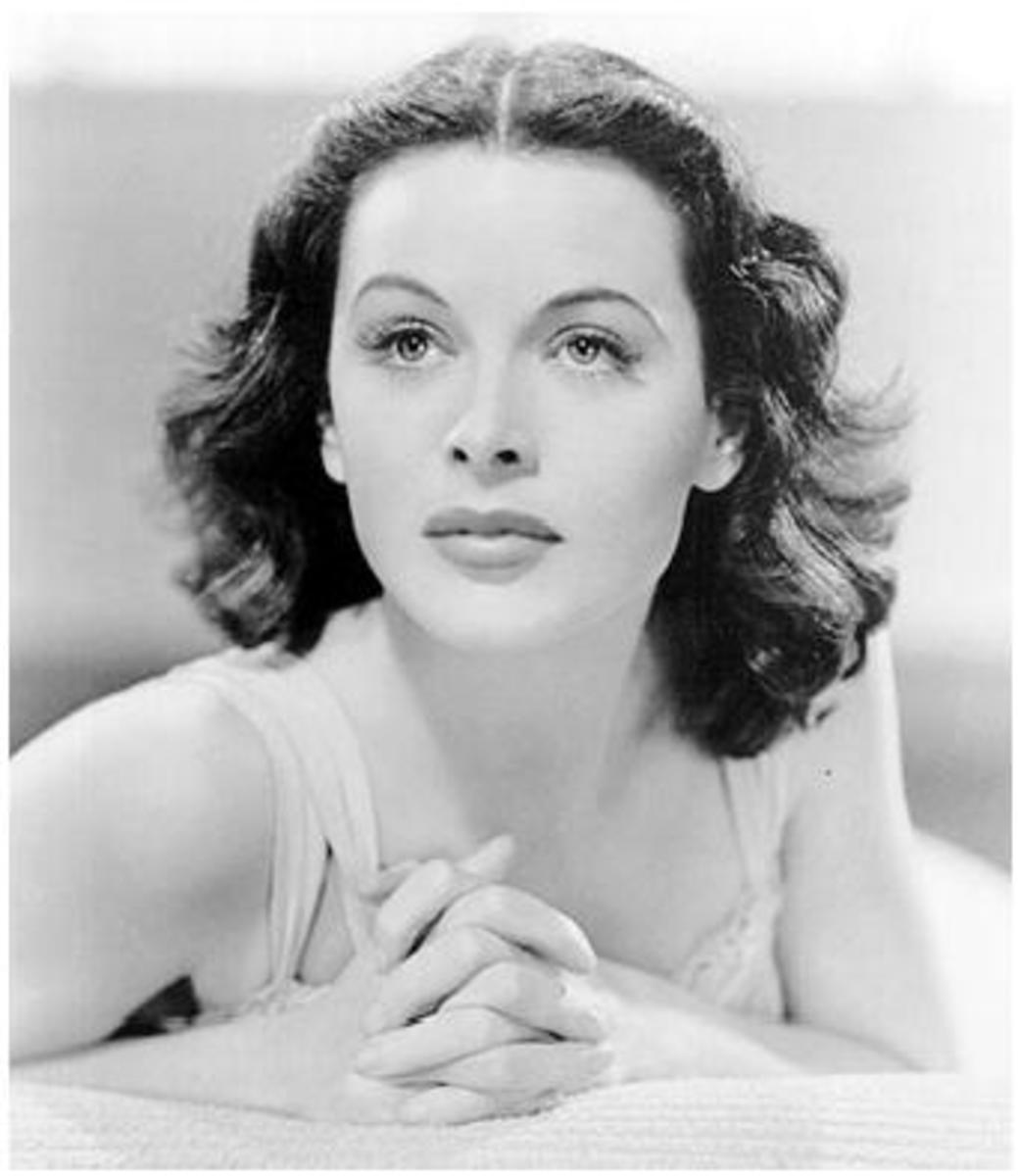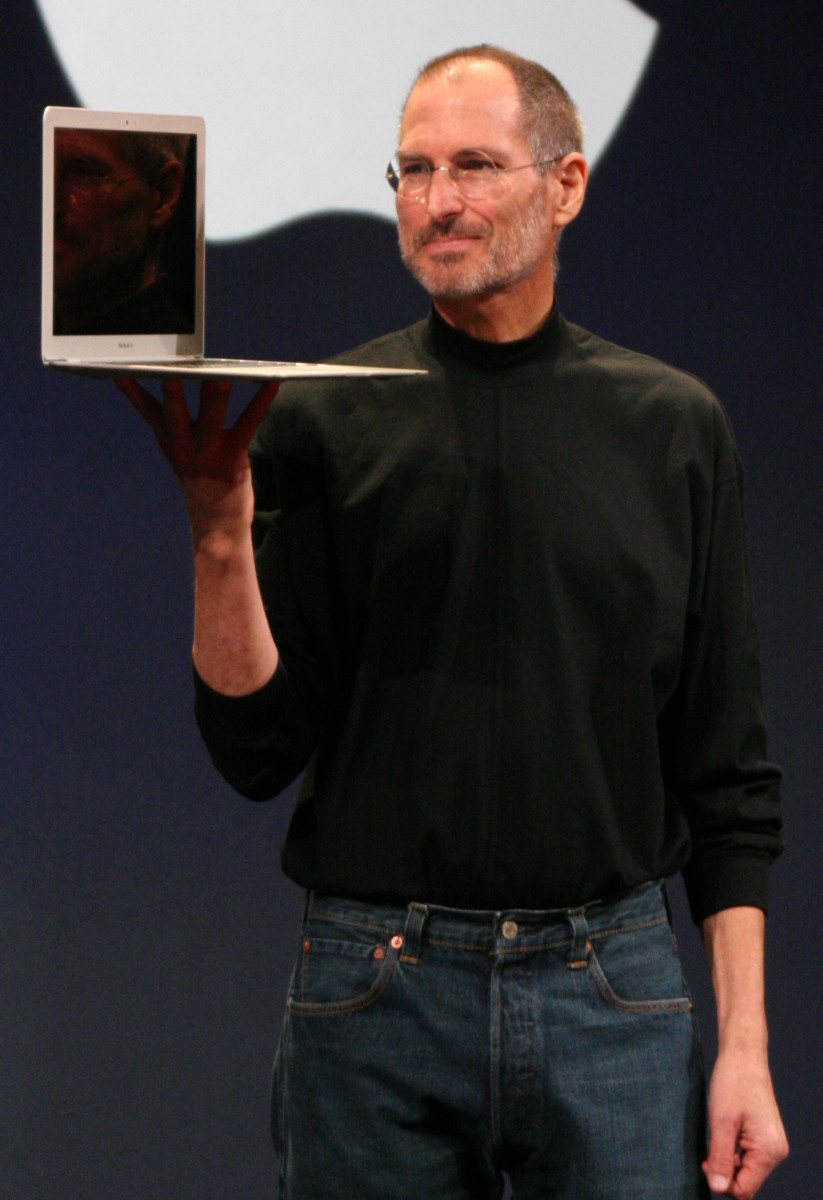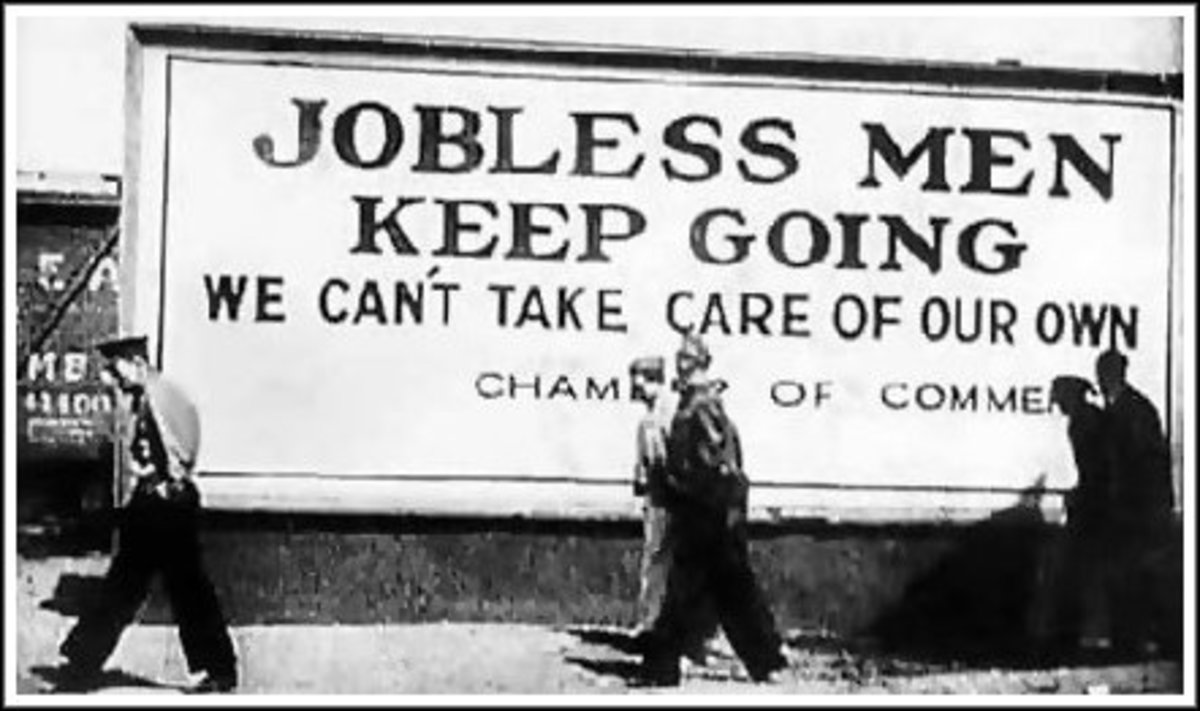John L. Lewis: Life of an Extrordinary Labor Leader
John L. Lewis: Early Years
John L. Lewis was born on February 12, 1880. In his youth, he was described as “an ordinary child, extremely masculine in all his habits and possessing a very decided tendency to have things his own way”.
John L. Lewis became a miner in his hometown of Lucas, Iowa at the age of seventeen, joining his father in the mines. Later his brother Thomas would join them. His formal education was limited but he did read voraciously. Even at that age he was a leader of the younger people in the community.
Mining Conditions at the Beginning of the 20th Century
Conditions in the mines were not favorable. Safety for the most part was ignored. At the time, ventilation measures were not in effect and the miners had to perform most of his shift among powder fumes. The standard work day was ten or eleven hours and a good days pay was $1.60.
John L. Lewis, Recently Elected Labor Leader

Lewis's Philosophy on Work and Working Conditions
Lewis at this young age was beginning to formulate his philosophy which he would adhere to for most of his adult life. He attributed much of the troubles with mining as the plain, unadulterated greed of the mine owners for the most part and the remainder to either fear or apathy of the workers.
He resolved that he would dedicate his life to the improvement of working conditions for miners. Lewis decided he would win first and be fair afterwards and “to hell with the smaller issues”.
His main objectives would be better working standards, hours, and wages were the most important issues and not particularly how they were achieved.
The Breaker Boys
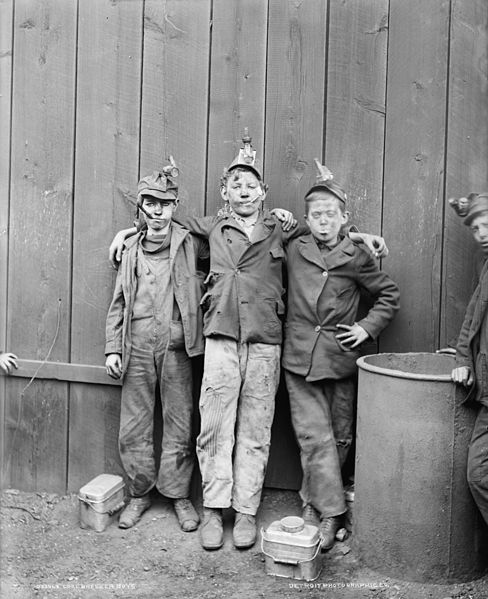
Early Career (1907-1920)
In 1907 Lewis ran for mayor of Lucas and launched a feed-and-grain distributorship Both his entry into politics and business were failures so he returned to mining .Lewis became active in the United Mine Workers Union and was elected as a delegate to the 1906 national convention. In 1911 he was elected to the local chapter of the UMW in Illinois where he was then living. In 1911, also, he was hired by Samuel Gompers, head of the American Federation of Labor (AFL), to become a full time union organizer and traveled through the Midwest and the coal fields of Pennsylvania. By 1920 he was an acknowledged leader of the union movement in America and became the president of the UMW in 1920 a post he would hold until 1960.
Labor Union Leader from Depression to World War II
The depression of 1929 had a devastating effect on the average worker. Lewis at the time was a voting Republican and it seemed likely that he might be appointed to a cabinet level position by President Herbert Hoover to possibly bolster Hoover’s waning popularity. The appointment never came to pass.
In 1935, he joined with a number of AFL leaders in forming the Committee for Industrial Organization which became the Congress of Industrial Organization (CIO) when these AFL dissidents broke with the AFL.
During the mid-1930s, Lewis sent his best workers into the heavily industrialized industries such as the auto workers, steel works, and other industrial manufactures. The unions prospered through these years with significant with the passage of the Wagner Act of 1935 which guaranteed the rights of labor to organize, enter into collective bargaining agreements, and to strike.
Although the unions benefited from the “New Deal” of U.S President Franklin D. Roosevelt, Lewis supported Wendell Willkie in the U.S. Presidential election of 1940.
War Labor Board Anthracite Hearings (1943)
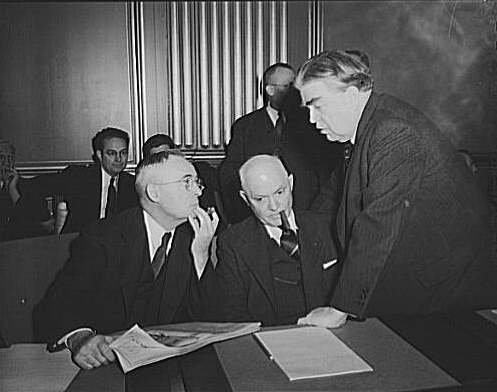
Striking Critical Industry During World War II
After the attack on Pearl Harbor and the shock of it Americans rallied around the flag. Labor leaders pledged a "no strike" policy while hostilities existed. John L. Lewis repeatedly violated the pledge, most notably in 1943 when 450,000 bituminous and 80,000 anthracite workers walked off the job which forced President Roosevelt to seize the coal fields on May 1st, 1943 . The strike was called off by Lewis on May 2nd. Throughout World War II Lewis had repeatedly called his miners out on strike. Although it seems as sedition to the extreme, Lewis was faced with and reacting to food shortages among those doing the hard work at home. Part albeit perhaps not all of his reasoning was striking was necessary to see that his miners had sufficient food to sustain them.
His Final Years
In the post World War II period, Lewis remained combative with other labor leaders, public officials, and employers. He was successful is several contract negotiations with the mining industry in obtaining wage and work concession. However, with modernization in the mining industry and increasing popularity of fossil fuels he saw fewer jobs and hence fewer union members. In 1960 he formally stepped down as president of the United Mine Works
The Legacy of John L. Lewis
The legacy of John L. Lewis is that of a man who was a giant in the 20th Century Labor Movement. Perhaps the labor movement is not as profound today as it was during Lewis’s era, but this may be because this leader of the working man had made such strides when he was at the helm.
A Thought for Future Reading
Baratz, Morton S. (1955). The Union and the Coal Industry New Haven: Yale University Press ISBN 0313236984
Carnes, Cecil (1936). John L. Lewis: Leader of Labor. New York: Robert Speller Publishing
Dublin, Thomas and Licth,Walter (2005). The Face of Decline: The Pennsylvania Anthracite Region in the Twentieth Century Ithaca: Cornell University Press. ISBN 0801484731
Pentagram of the Knights of Labor Predecessor of the UMWA
